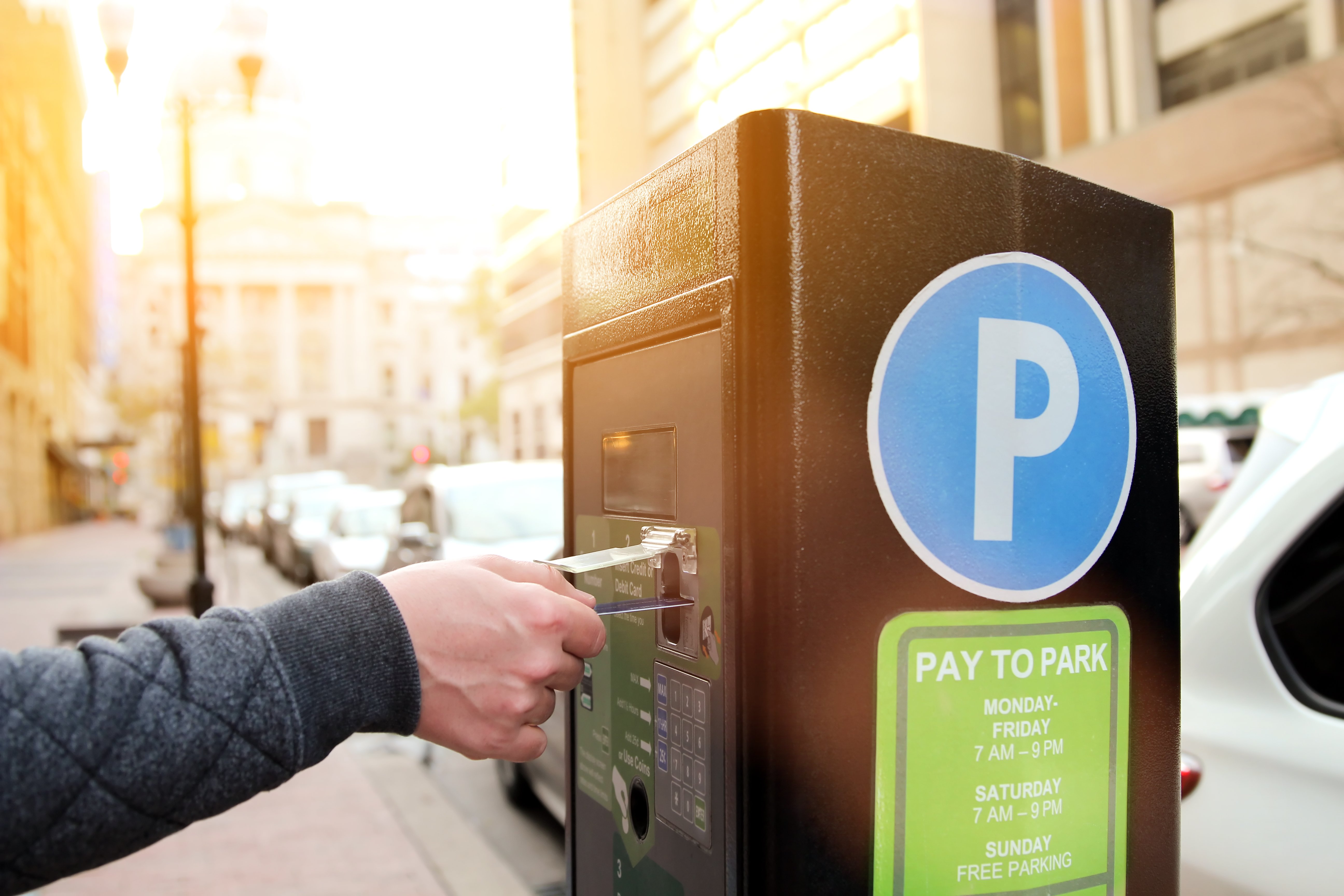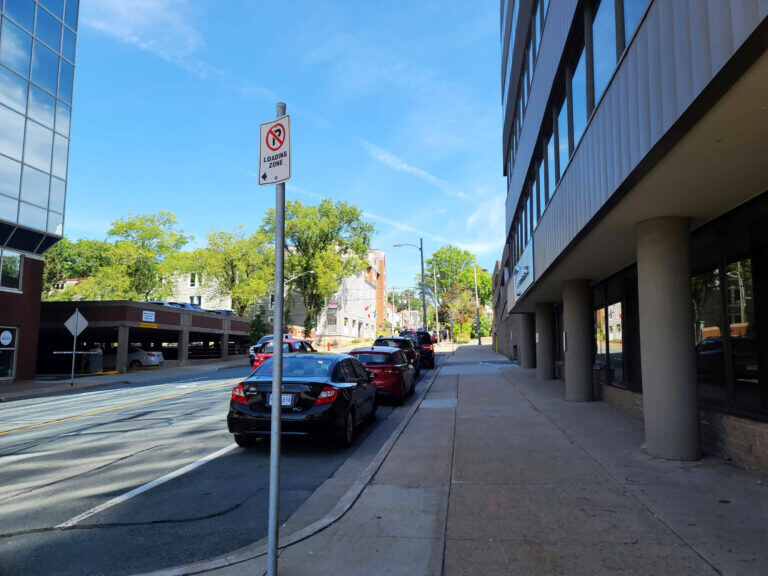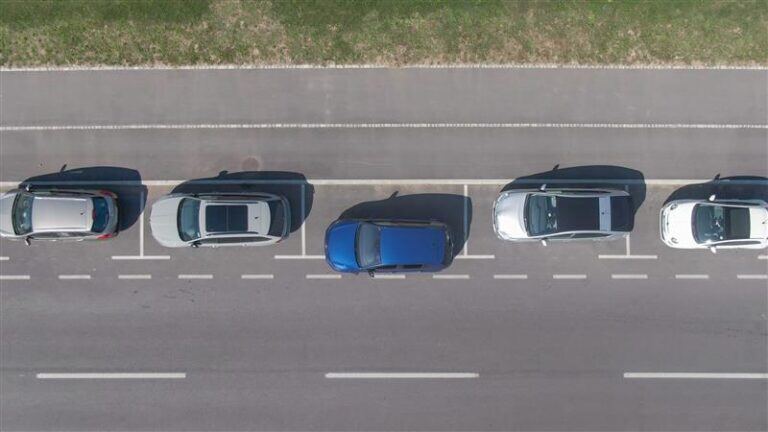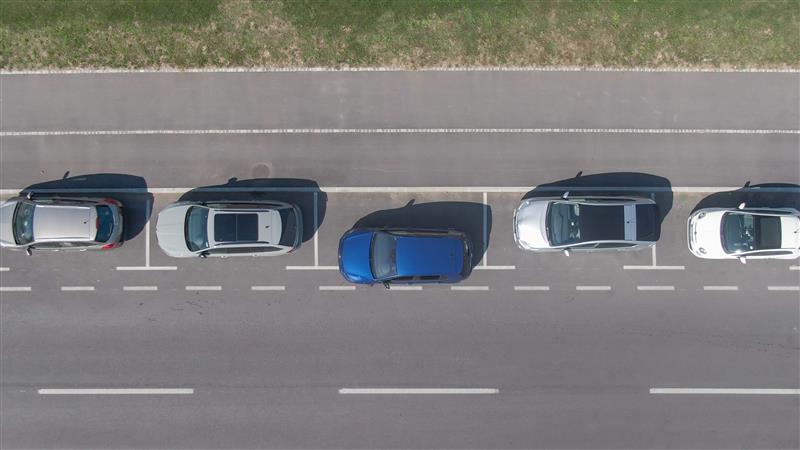4 min read
Navigating Curbside Chaos: Parking Strategies for Mega Events
Anna Buchner Aug 7, 2024 12:45:00 AM

With the world’s eyes affixed on the 2024 Summer Olympics in Paris, one of the critical yet often overlooked aspects of managing such a colossal event is curbside management. With millions of athletes, officials, and spectators converging on the French capital, the stakes are high.
Events like the Olympic Games present significant curbside challenges. From ensuring timely deliveries and minimizing disruptions to accommodating a surge in ride-sharing and public transport, the logistics of curbside management are both complex and crucial. How officials manage the curb lane will not only impact traffic, safety, and access, but also the perceived success of their event.
Fortunately, with some proactive preparation, cities can ensure smooth curbside operations. Some potential key strategies and technologies that can be implemented include:
New Technologies
Paris is deploying new systems to monitor and control traffic in real-time. These systems use a combination of sensors, cameras, and data analytics to track traffic flow, detect congestion, and measure curb lane occupancy. Real-time data can help manage traffic, predict event turnout, and optimize curb use, providing updates about traffic conditions, road closures, and detours through various channels such as mobile apps, websites, and digital signage throughout the city.
Parking Demand Management
As sensing hardware captures real-time parking availability, Paris provides that information to motorists while also adjusting parking restrictions based on demand. Both Los Angeles and Washington, DC, have demonstrated the successes of optimizing hourly metered parking rates. In addition to sharing availability, websites and apps can include user-specific space preferences (like identifying loading zones for delivery drivers), predictive availability for planning trips at a future time and/or date, event schedules, venue maps, and public transit information. Further, integration with high-occupancy vehicle (HOV) lane technology could allow for reduced parking rates for vehicles transporting multiple passengers. Finally, integration with payment apps, meter manufacturers, and digital signage is key to communicate curb policies to shift demand and deter circling.
Multi-Modal Demand
Properly pricing curbside spaces encourages walking, cycling, and micro-mobility—and reduces congestion and emissions—during mega events. In addition, cities can use algorithms to reallocate bikes and scooters, suggesting ideal locations for bike-sharing stations, bike racks, and micro-mobility drop-off zones to enhance accessibility and reduce sidewalk clutter.
Pre-Booking and Reservations
By introducing systems that allow pre-booking or reservations for specific curbside spaces during peak event times, cities can minimize congestion and ensure the efficient use of curb space. Specific reservation routes can help drivers navigate and avoid congested areas, reducing overall traffic stress.
Special Purpose Zones
For the Olympics, special zones were designated for event-related parking. Real-time data from sensors and cameras helps to manage these zones efficiently. Designating secure curbside areas for authorized vehicles, emergency services, and event-related logistics will enhance security without disrupting traffic flow.
Flex Zones
By leveraging data science, cities can better align curbside regulations with specific user needs, optimizing metered parking, loading zones, ride-sharing pick-up/drop-off points, and temporary bus stops. Further, collaborating with vendors, suppliers, and event logistics to optimize curbside loading zones and delivery windows should minimize disruptions and improve efficiency.
Intelligent Traffic Messaging
In addition to implementing adaptive traffic signals, host cities can move traffic by repurposing meter kiosks and employing digital signage. These devices can help route attendees while also providing real-time updates on event schedules, transportation options, and local attractions that will enhance the visitor experience, disperse tourist activities, and prevent localized congestion.
Event-Specific Traffic Plans
Tailored traffic management plans including dedicated routes for Olympic-related vehicles, such as athlete transportation and media shuttles, and special arrangements for drop-off and pick-up zones near event locations, will reduce disruption and promote traffic flow.
Electric Vehicle (EV) Infrastructure
Expanding the installation of EV charging stations along curbsides will promote the use of electric vehicles among event attendees and reducing carbon emissions.
Urban Planning and Infrastructure Development
Researching and applying for grants and pilot funding to invest in long-term infrastructure improvements, including curbside enhancements, will benefit residents beyond the event period.
Integrated Payment Solutions
Cities can improve the user experience through seamless integration with a bevy of payment providers. Doing so can enable the tracking of purchases across apps and calculate the remaining available maximum stay, simplify curbside payments through apps and digital platforms, and enhance user convenience and offer more choice.
Enforcement Integration
Collaboration amongst enforcement agencies is a prerequisite to effectively ensure compliance with curbside regulations, enhance safety, and manage security threats during mega events. In cities like Indianapolis and Chicago, enforcement is supplemented by privatized citation issuance.
Tourism Management and Community Engagement
Events represent an opportunity to promote lesser-known attractions. Demand pricing can help spread tourist activities beyond event venues, reducing overcrowding and distributing economic benefits more evenly across host cities. Moreso, cities can foster local pride and involvement during major events by involving local communities in curbside planning processes and creating temporary or permanent spaces that enhance community engagement, like pop-up markets, art installations, or cultural exhibits.
Coordination of Public Transport
To manage the increased demand on public transport, Paris is improving coordination between different modes of transportation. This includes real-time updates on bus and metro schedules, enhanced capacity management, and better integration of transport networks to facilitate smooth transfers between modes. Realigning curb use and implementing the appropriate enforcement mechanisms, like automated bus lane enforcement, will improve throughput and get passengers to their destinations faster.
Public Awareness Campaigns
To ensure that both locals and tourists are prepared, Paris is running public awareness campaigns to educate people about the new traffic regulations, alternative routes, and, importantly, public transportation options. Cities can engage daily via social media platforms, websites, and user interfaces to:
- Highlight event schedules, venue maps, and public transit information to aid planning for attendees. Messaging should also detail specific parking options, road closures, and alternative transportation choices for each major event.
- Recommend optimal parking locations when streets are closed or parking is limited, while also highlighting eco-friendly options like bike-sharing stations, EV charging spots, and shuttle services.
- Improve engagement by providing feedback forms or surveys on the website to gather user input to enhance event planning and logistics.
- Design an event-specific app (e.g., Olympics app) with integrated parking features, rather than a standalone application, to provide attendees with essential information.
Operational Logistics
The scope of what defines a mega event is continually evolving. Consider Taylor Swift’s “Eras Tour.” The multi-day event, with its enormous crowds, substantial economic influence, and extensive media attention, demands thorough logistical planning. Swift’s tour will be making a stop in Indianapolis for three nights in November, just a short distance from ParkIndy’s central operations. As a result, the curbside management team will temporarily relocate their base during Swift’s concert series to effectively manage metered parking and enforce restrictions without disruption.
Managing curbside dynamics during mega events requires innovative solutions that balance accessibility, sustainability, and community impact. Paris’ measures reflect a commitment to managing complex transportation needs, but there are additional opportunities for event cities to minimize disruptions to ensure their events run smoothly.
At Trellint, we are dedicated to empowering cities with actionable strategies—from dynamic curb management and sustainable initiatives to seamless logistics and enhanced tourism management. By fostering collaboration and leveraging technology, we aim to not only alleviate congestion and improve safety but to leave a lasting positive legacy for local communities.




